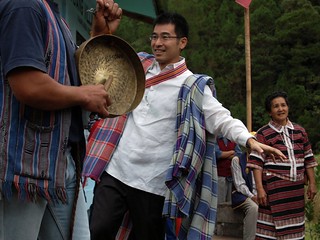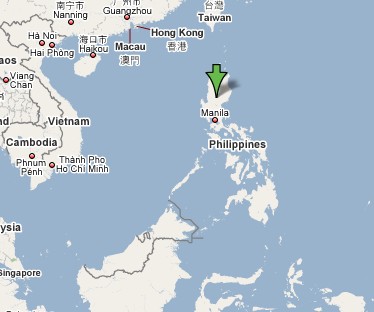 The Kalanguya Indigenous people are a distinct sub-group of the Ifugao, wet-rice agriculturalists who live the mountainous area of northern Luzon, Philippines. The Kalanguya, who refer to themselves as Ikalahan or “people of the forest”, have a population of about 34,000.
The Kalanguya Indigenous people are a distinct sub-group of the Ifugao, wet-rice agriculturalists who live the mountainous area of northern Luzon, Philippines. The Kalanguya, who refer to themselves as Ikalahan or “people of the forest”, have a population of about 34,000.
In 1971, the Ikalahans became the first indigenous community in the Philippines to gain recognition for their traditional land stewardship practices. Today, the Ikalahans use those practices to manage some 57,000 hectares of forests.
As noted in the 2009 Report from the Asia Summit on Climate Change and Indigenous Peoples, the Ikalahan “aroforestry management system” includes the use of gen-gen (organic fertilizers), day-og, pangomis (inter-cropping and fallow periods) and gaik (firelines). They also devised their own Forest Improvement Technology (FIT). They run a food processing unit where they sell harvested fruits from their production forests to generate cash for their basic needs. Community members are also encouraged and supported to continue organic farming methods. As well, they delineate the forests into different functions–in effect, deviding it into conservation forests, forests where people can get wood for building their houses and where they can gather non-timber forest products and there is another part which is segregated for environmental services which they are considering to use for carbon trading.


